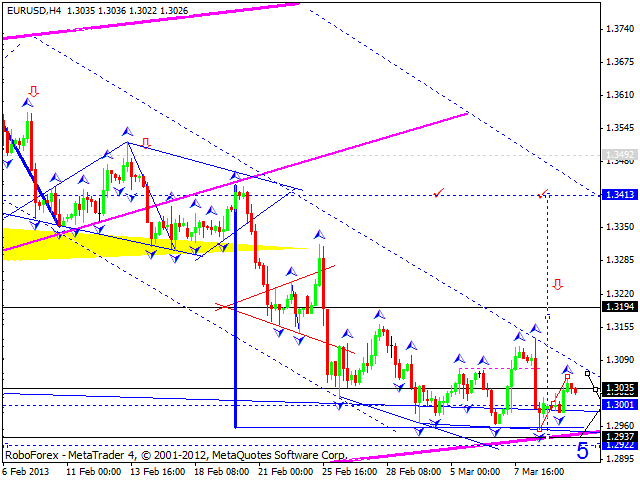Ethereum has completed a long-awaited upgrade to its system in a move to slash its energy costs and prepare the ground for more use of crypto technology in mainstream finance. The upgrade was completed successfully and uneventfully, thanks to ETH developers. Expert comments follow below.

Chris Terry, BPSAA Board Member and VP Enterprise Solutions at SmartFi, the US-based open lending platform, commented:
“With Ethereum’s new PoS consensus, the staking requirements are so high, it requires consolidation. To be clear, most people do not own enough ETH to post the collateral for a validation node. So the funds are pooled at places like Coinbase and other exchanges.
This is consolidation and consolidation = centralization. And that is very dangerous. Why? Because exchanges are under government control. Without question the Ethereum blockchain is now subject to “transaction censorship”. That is the news here, not the technology — the shift to a more centralized and vulnerable blockchain subject to a much easier government intervention. Look at what happened at Tornado Cash, the DoJ stomped on them. They didn’t get a ruling or court order or anything. It was an “Executive Action” and just like that, they crushed it. The industry really needs to navigate these waters and it will not be easy.”
Anto Paroian, CEO and Executive Director at the cryptocurrency hedge fund ARK36, commented:
“In the months and weeks leading to this development, the Merge has been discussed, debated, and deconstructed from all possible angles. Even by the standards of the crypto space, the hype and the publicity around it have been unprecedented. This time around, however, the hype may, at least partially, be justified.
From a purely technological perspective, it is difficult to overstate how big of an engineering feat the Merge represents. No analogy could perfectly capture its technological complexity. But, in layman’s terms, it is more or less like constructing a new engine for a car that is going at full speed and then switching the engines without the car ever stopping or slowing down. That it was orchestrated by a global network of developers who aren’t managed by any central entity is already a triumph of the core ideals of the crypto space – decentralisation, self-governance, and open source collaboration.
At the same time, the big test for Ethereum has only just begun and the stakes are incredibly high. Although the proof-of-work and the proof-of-stake blockchains have successfully merged, only now will it be possible to discover the full impact of the Merge on the vast ecosystem of apps built on top of the Ethereum blockchain. This includes the DeFi space which is currently valued at around $56 billion. We should all be prepared for strong downside volatility in case of any glitches and previously unforeseen mishaps.
When it comes to the potential upside, it is important to recognise that the Merge has already been largely priced – after all, Ethereum has already appreciated more than 100% since its June lows. It seems likely, then, that if the Merge turns out to have a positive effect on Ethereum’s price action, the upside may not be sustainable. Many investors expect it to be a “sell the news” type of event which means that, after the initial surge, we may actually see the price of Ethereum drop within the next few days or weeks – especially that, just like the rest of the crypto markets, ETH is still very much driven by the negative macroeconomic outlook.
Nevertheless, in the long term, the transition to proof-of-stake and the resulting drop in Ethereum’s energy consumption by 99% will greatly strengthen its investment case. Ethereum will now become more appealing to institutional, ESG-minded investors and may even usher in a new wave of institutional investments in the crypto space.”
Jonathan MacDonald, CMO at the completely decentralized network for information and value transfer, Minima, commented,
“The issue people should be concerned about is that it does not prevent the future accumulation of authoritarian capital. The eventual decision about cryptocurrencies’ status will affect how they are regulated and who regulates them. At the time of writing, 900,129 ETH is staked on Ethereum 2.0 on a handful of entities that are all regulated. The ability to censor the network is blatant. Whilst commentators wax lyrical on PoS vs PoW, the naked truth of it is about who controls what. There is another price to pay, one that is far greater, and that is the loss of freedom. If that is the case, it is unlikely that we’ve moved further onward from our existing infrastructures.”
Tradersdna is a leading digital and social media platform for traders and investors. Tradersdna offers premiere resources for trading and investing education, digital resources for personal finance, market analysis and free trading guides. More about TradersDNA Features: What Does It Take to Become an Aggressive Trader? | Everything You Need to Know About White Label Trading Software | Advantages of Automated Forex Trading





































